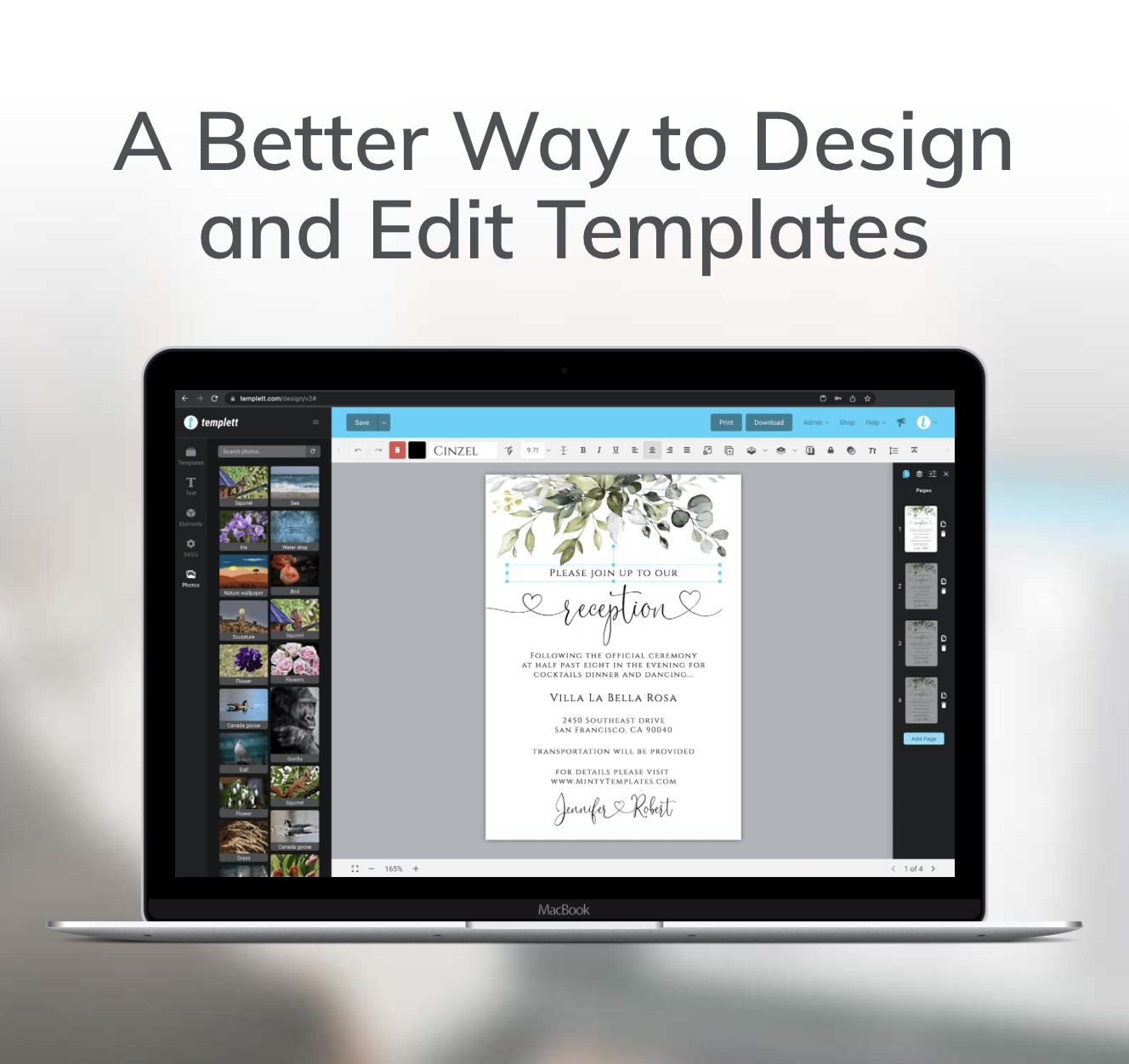Ready to make 2025 the year your templates truly stand out? The digital design space is shifting fast, and keeping up with what’s trending can make all the difference when it comes to catching attention—and conversions. Whether you’re designing wedding invitations, business cards, planners, or social media graphics, staying current is essential. So, what’s in store for this year? Let’s explore the template trends for 2025: what’s hot in digital design and how you can use these styles to elevate your creations.
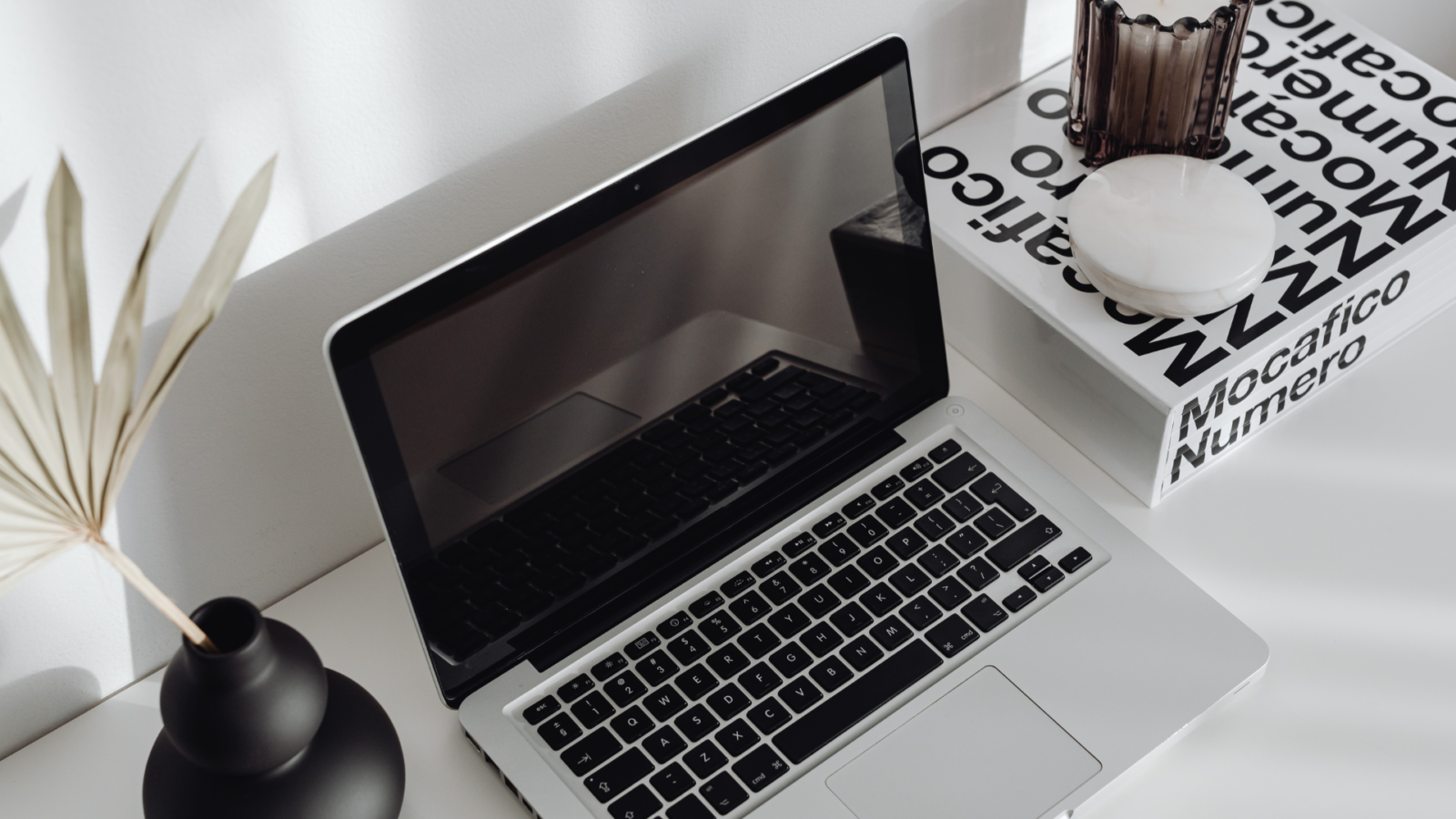
1. Bold Typography Is Taking Over
Typography is no longer just a way to deliver information—it’s a design statement in its own right. In 2025, bold typography is making an even bigger splash. Designers are ditching timid text in favor of typefaces that are loud, proud, and impossible to ignore.
From wedding invitations with dramatic serif headlines to social media templates with chunky sans-serif fonts, oversized and expressive lettering is in. Creative layouts where type breaks the grid or overlaps imagery are also trending, making words just as visually compelling as the graphics themselves. It’s about using type as a focal point to make the message stand out—whether it’s a name, a date, or a call to action.
Want inspiration? Check out these best bold typography combinations that make any template pop.
2. Minimalist Aesthetics—With a Modern Twist
While minimalist design has been dominating digital templates for a few years now, 2025 is putting a spin on this tried-and-true trend. The clean, sleek lines and ample white space remain a staple, but they’re now being enhanced with unexpected design touches.
Think soft gradients that give a subtle pop of color, textured overlays that add dimension, or delicate line illustrations that create a sense of movement without overwhelming the design. Color palettes are becoming more adventurous too—moving beyond black, white, and beige into muted pastels and earthy neutrals with personality. The result? Templates that feel modern, refined, and just a bit more artistic.
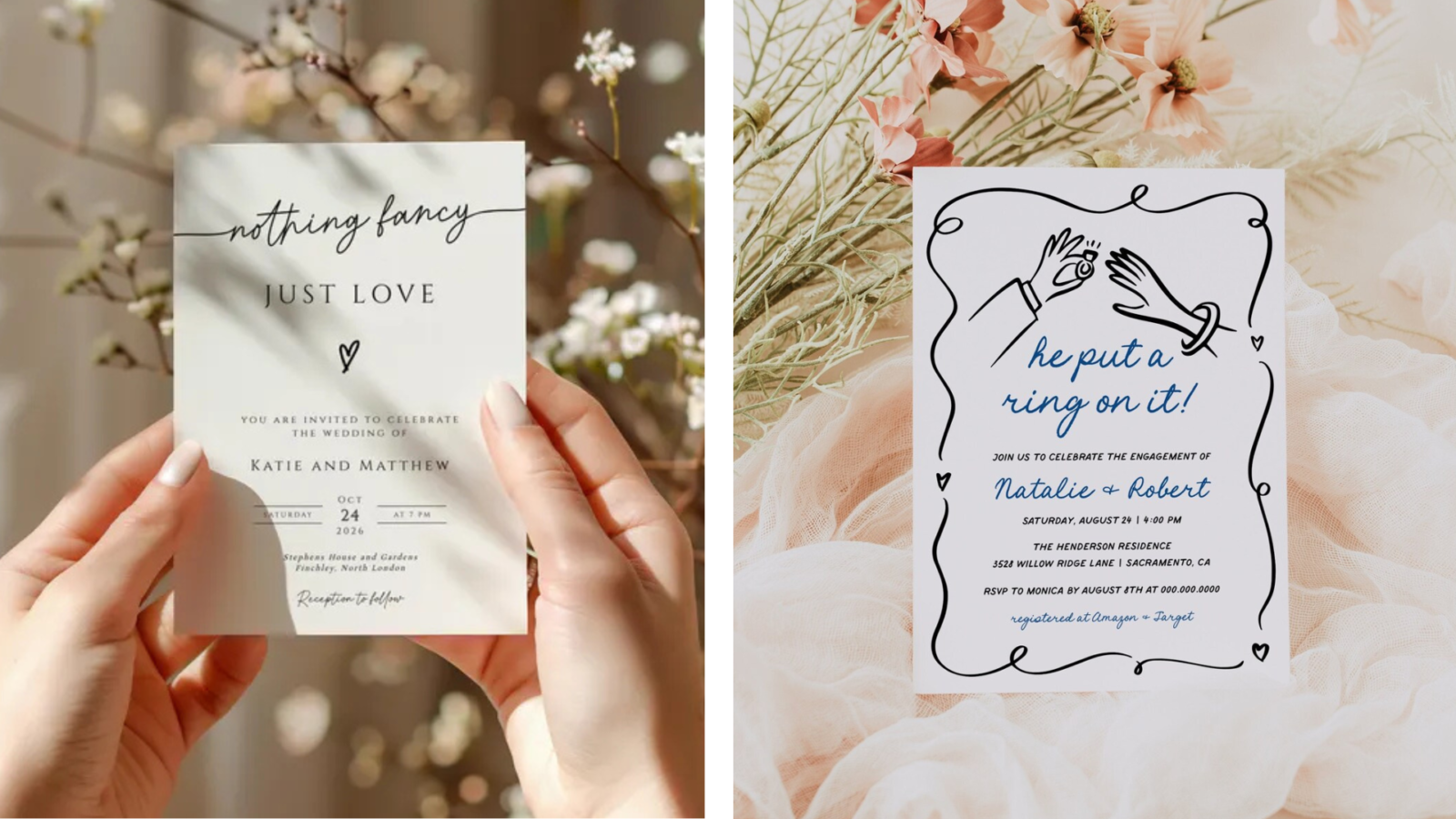
3. Customization at the Core: Defining Template Trends for 2025
One of the most important template trends for 2025 is the growing demand for personalization. Today’s customers want designs that reflect their individuality—and they want the ability to tweak things with ease. In an age where digital tools are more accessible than ever, people expect templates to be user-friendly and highly customizable.
Templates that offer editable fonts, adjustable layouts, color flexibility, and swappable design elements are winning the hearts of buyers. Whether it’s someone personalizing a baby shower invitation or a small business owner tweaking a flyer, the ability to make it their own is a must. Designers should focus on creating flexible, intuitive templates that cater to different occasions, brands, and aesthetics.
And let’s be real—not all platforms make it easy to edit (we’ve seen the horror stories). But at Templett, we basically invented easy and quick customization. Drag, drop, change a color, switch a font—it’s so simple, it almost feels like cheating. You’re welcome.
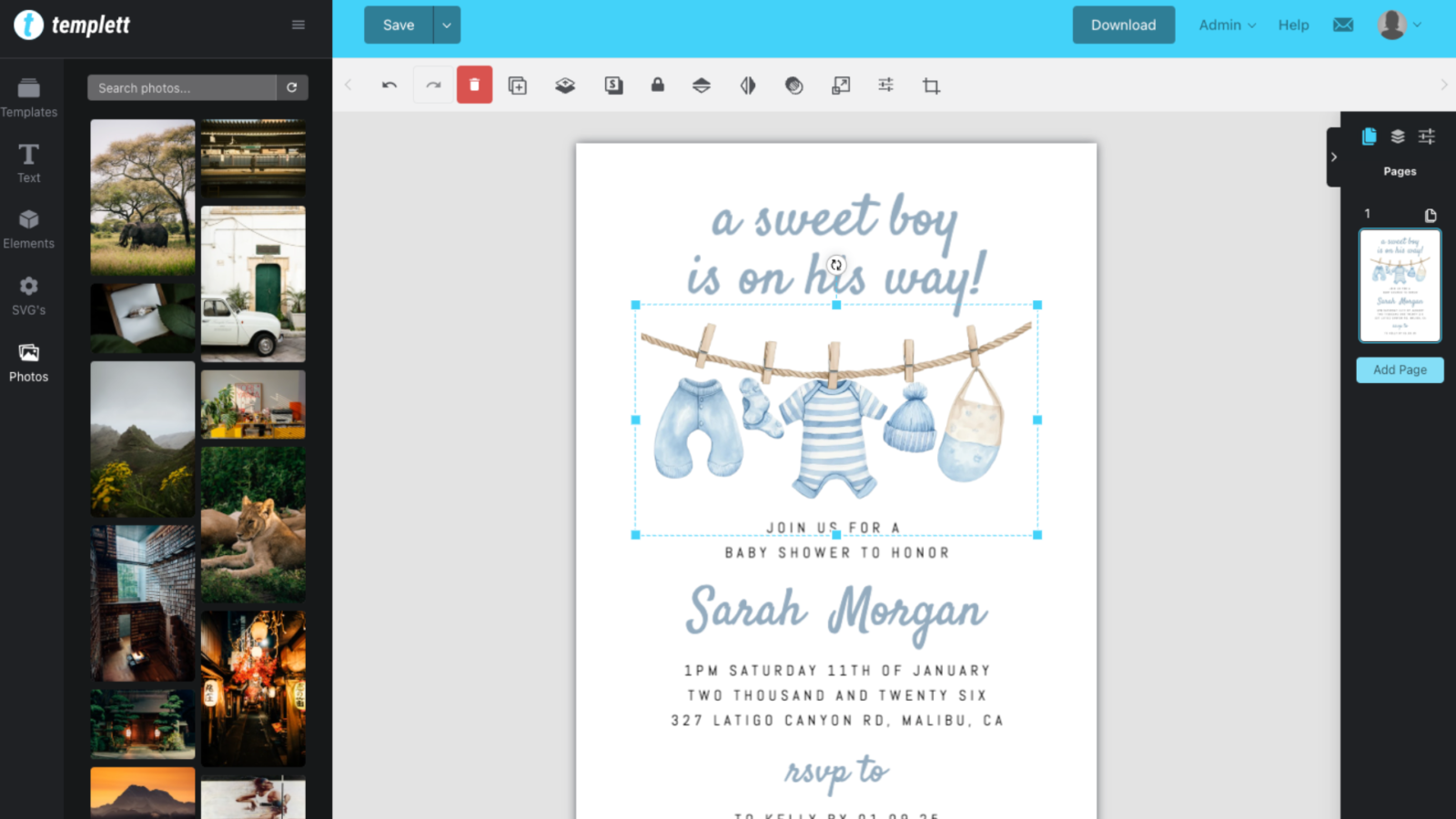
4. Color That Commands Attention: Vibrancy & Gradients
Neutral tones had their moment, but 2025 is turning up the saturation. Bright, energetic colors are making a major comeback, and they’re being used in bold new ways. Designers are gravitating toward palettes that include electric blues, vivid corals, neon greens, and sunshine yellows—colors that create emotion and grab attention.
Even more popular are gradients, which are being used not just as backgrounds but also in text, icons, and overlays. These seamless transitions between hues give depth and vibrancy to digital templates, making them visually dynamic. The key is balance: a well-placed gradient can bring a design to life, while maintaining readability and focus.
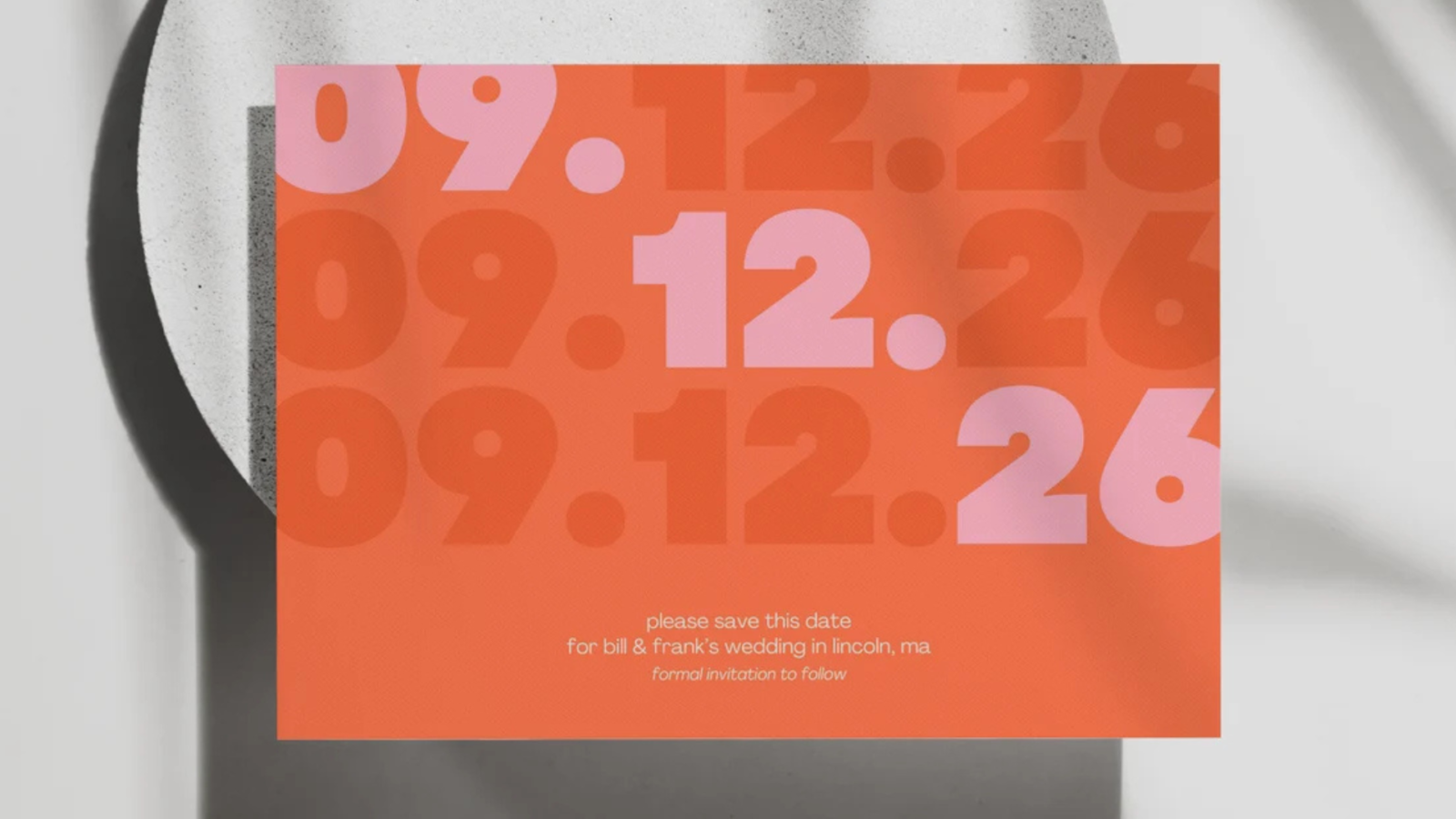
5. Embracing the Handcrafted: Organic & Hand-Drawn Elements
As the digital space becomes more saturated, there’s a growing desire for authenticity. Enter: hand-drawn and organic design elements. These artistic, often imperfect touches create a more personal, intimate feel—something customers are increasingly drawn to in 2025.
Sketch-style icons, floral doodles, watercolor textures, pencil illustrations, and even handwritten fonts are making appearances across all types of templates. They work especially well in event invitations, planners, and branding kits where personality matters. By blending digital precision with handcrafted charm, you get designs that feel human, warm, and emotionally engaging.
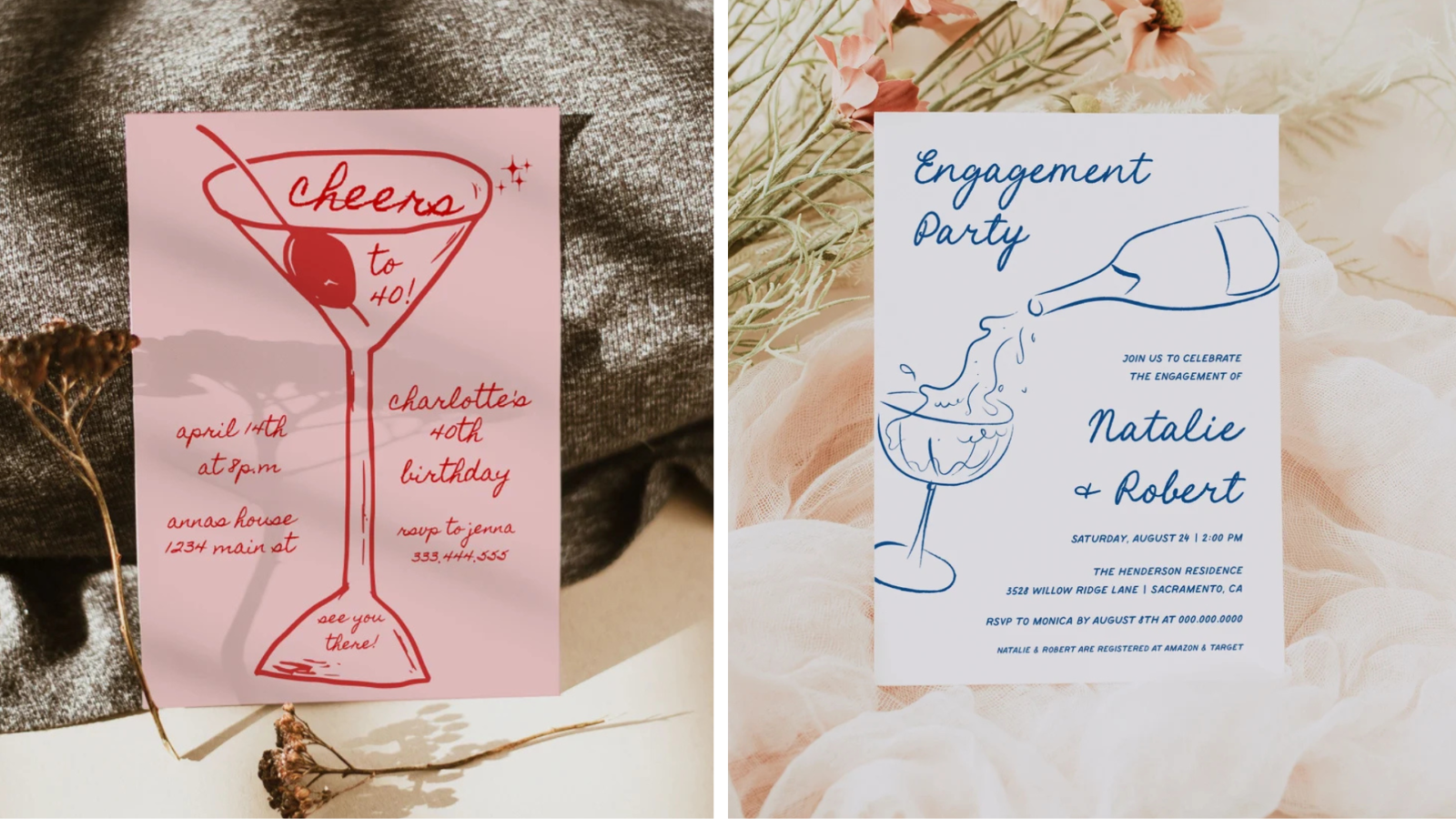
6. Eco-Inspired and Nature-Centric Design
Sustainability and environmental consciousness are becoming more influential in design choices. We’re seeing a rise in eco-inspired aesthetics, which incorporate natural elements, earthy color palettes, and visuals that evoke a connection with the outdoors.
Think leaf motifs, stone textures, recycled paper effects, and botanical illustrations. These design choices not only appeal to eco-conscious consumers but also lend a calming, grounded vibe that’s a welcome contrast to fast-paced digital life. It’s a trend that works well across various niches—from wellness brands to wedding invitations.
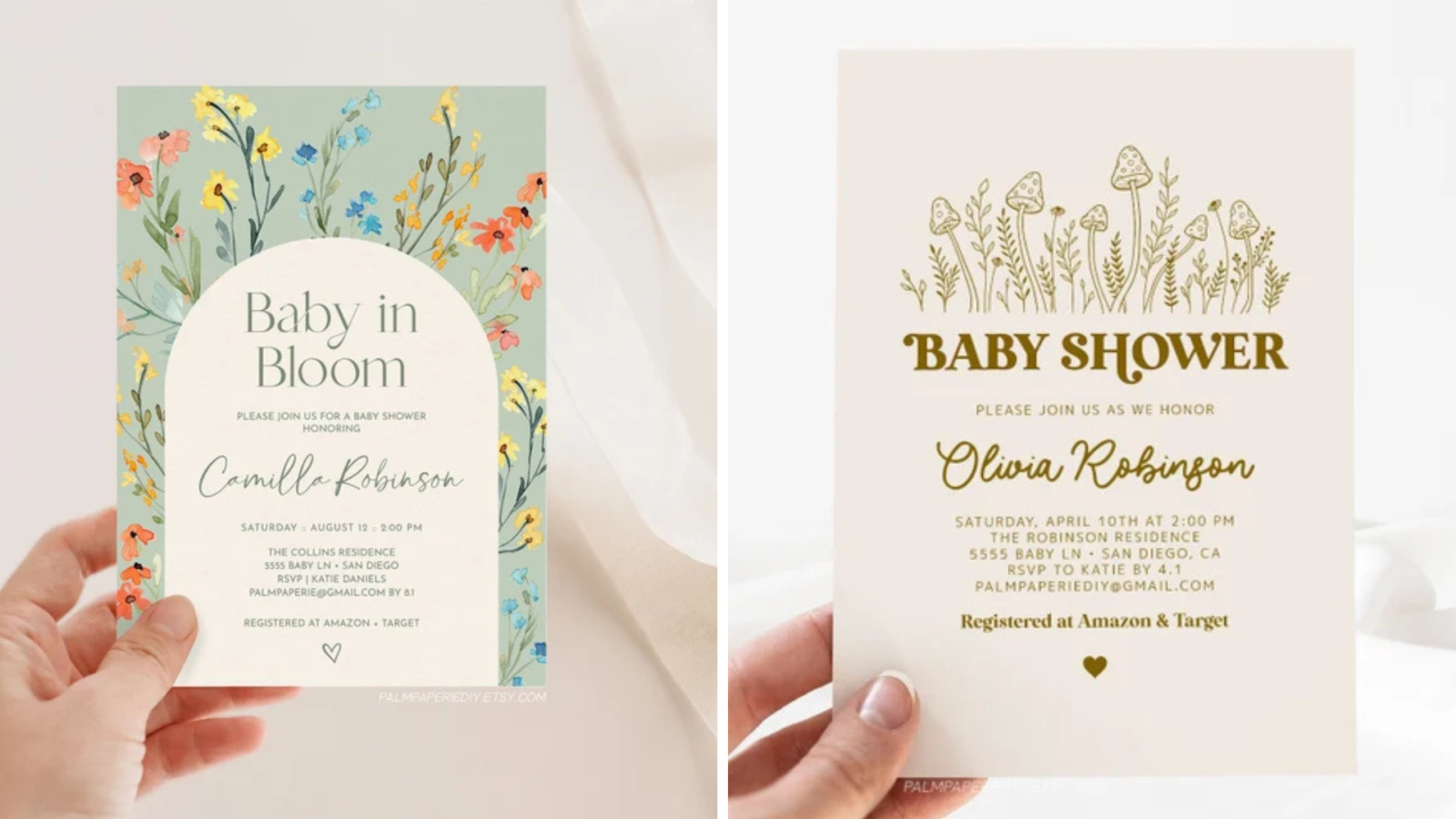
Final Thoughts: Designing for the Future
So, what should designers take away from these trends? At the heart of all these movements is a desire for connection, customization, and creativity. Whether you’re leaning into bold fonts, adding subtle organic textures, or experimenting with vibrant gradients, the goal remains the same: create designs that resonate.
Staying on top of the template trends for 2025: what’s hot in digital design? means knowing what users crave—freshness, flexibility, and flair. Incorporate these styles into your work and you’ll be ahead of the curve, attracting customers who want their templates to feel both current and personal.
At Templett, we make it easy for designers to build and sell templates that embrace all these trends. Whether you’re a seasoned creator or just starting out, our tools give you the power to create standout templates that shine in 2025 and beyond. Ready to ride the wave of design innovation?

